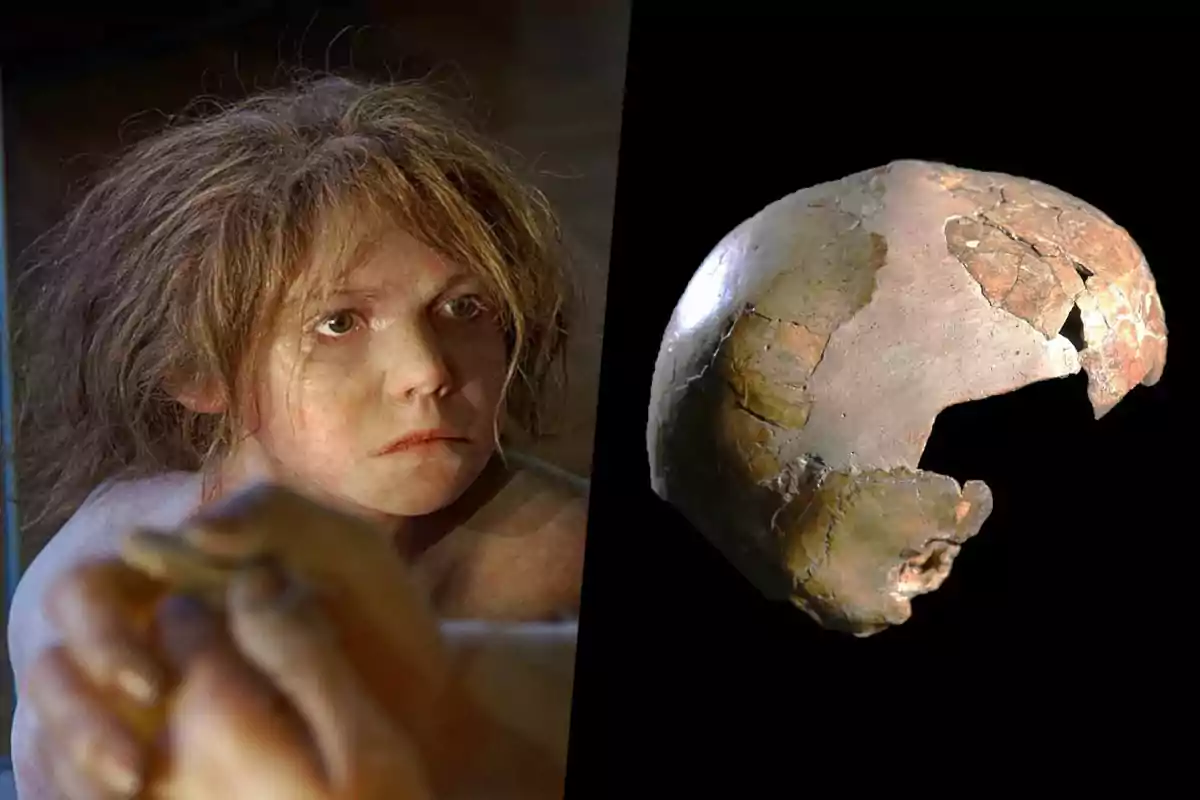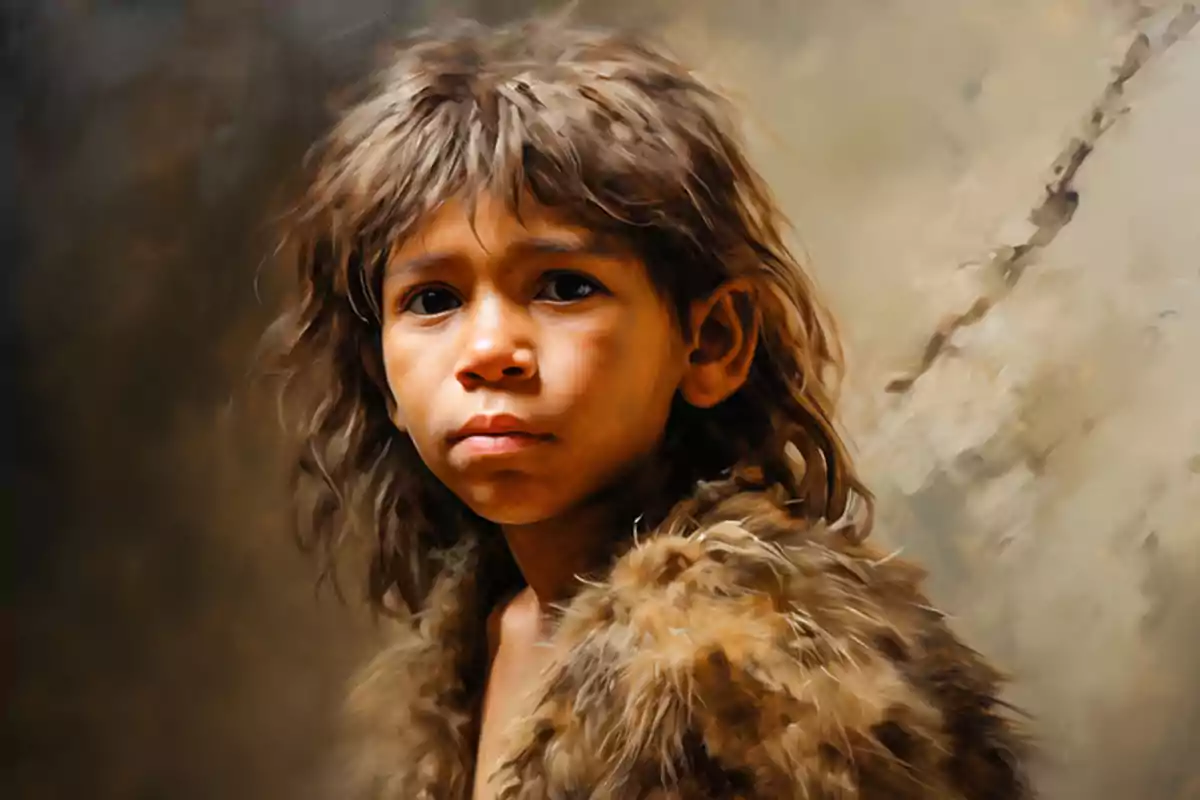
Archaeological surprise: a hybrid between a human and a Neanderthal discovered in Israel
A child's skull found 100 years ago in Israel could be the first confirmed human-Neanderthal hybrid
A new study reignites the debate about interbreeding between Neanderthals and Homo sapiens.
Researchers used modern technology to analyze a child's skull discovered nearly a century ago in Israel and detected mixed features.

What did they find in Skhul Cave?
The skull belongs to a girl between 3 and 5 years old and was discovered in Skhul Cave on Mount Carmel.
This is one of the oldest known human burials, and for decades it was classified as Homo sapiens.
The new hypothesis: a possible hybrid
French researchers used computed tomography scans to observe details hidden by old restorations.

They detected that the neurocranium has human characteristics, but the jaw resembles that of Neanderthals.
What did the study's authors say?
Anne Dambricourt Malassé, lead author, keeps that there is no way that morphology belongs to a typical modern human.

According to the expert, this would be an objective hybrid between both human species.
Mixed reactions in the scientific community
The finding sparked debate. Chris Stringer, from the Natural History Museum in London, believes the fossil remains Homo sapiens. Still, he admits it could reflect gene flow between Neanderthals and humans.
John Hawks, from the University of Wisconsin, valued the study but called for caution until there is genetic evidence.

What would it mean if hybridization is confirmed?
It would show that interbreeding between humans and Neanderthals occurred earlier and more often than previously thought.
The majority of modern humans already carry between 1% and 3% Neanderthal DNA. This case suggests that some of those unions may have produced viable offspring, like the Skhul girl.
More posts: